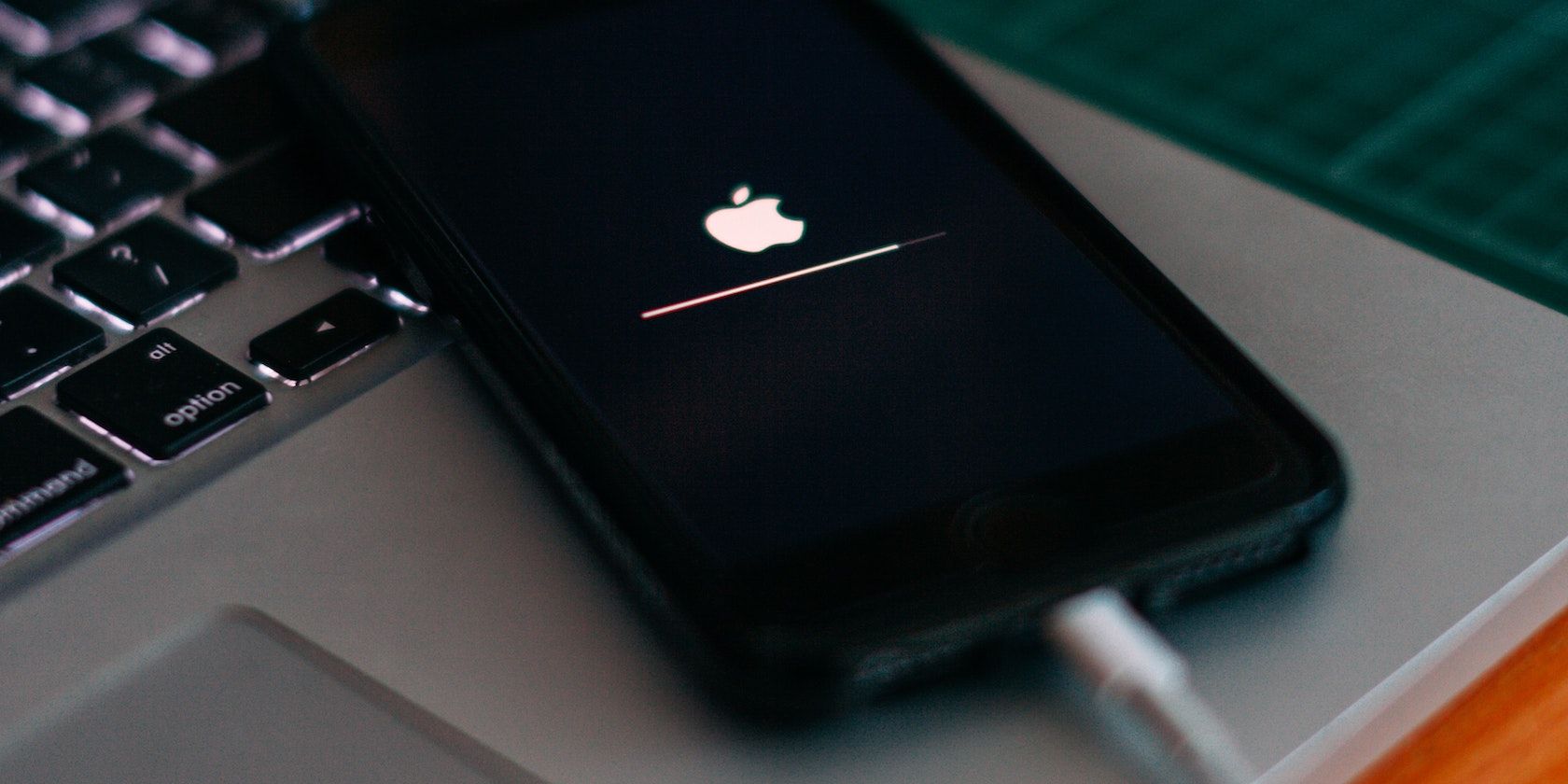iOS 14 was only made available to the majority of users on September 16, 2020, but it’s already been installed on 81 percent of all iPhones introduced in the last four years.
Apple revealed the figure---which equates to more than four out of five eligible iPhone owners having upgraded---on its App Store Support Page for developers. By comparison, 17 percent of users are running last year’s iOS 13, while just 2 percent are using an earlier version of iOS.
Overall, Apple’s latest iOS mobile operating system has been installed on 72 percent of active devices. Since iOS 14 will only run on 2015-era iPhone 6s devices and newer, that’s an impressive feat for Apple that more than qualifies iOS 14 as a resounding success in terms of adoption.
iOS 14 was a Big Update for Apple
Meanwhile, iPadOS 14 is installed on 75 percent of iPads introduced in the past four years. Overall, 61 percent of iPads are running the newest operating system. The slightly lower overall adoption figures make sense as people tend to hold onto their iPads for slightly longer before upgrading. That makes it more likely that they may not have a compatible iPad.
iOS 14 and iPadOS 14 were one of the most notable mobile OS updates Apple has added in recent years. They overhauled the home screen, added a new app library, widgets, and an updated look for Siri, among other changes. They also allowed users to change their home screen icons for the first time, ushering in a new level of device customization never seen before on iOS outside of the jailbreaking community.
Since it launched, Apple has released several updates to iOS 14 and iPadOS 14. The latest being iOS 14.3. Apple released iOS 14.3, which added support for Apple’s newly launched Apple Fitness+ subscription service and, for iPhone 12 Pro and iPhone 12 Pro Max users, Apple’s new ProRAW photo format, earlier this month.
Software Updates Are Good for Everyone
Apple ensures that users update regularly by offering compelling new updates for free, which are available to everyone who has bought a new device in recent years. This differs from the more fragmented Android ecosystem, which results in far lower adoption figures for the latest version of that operating system.
For users, updating to the latest version of iOS or iPadOS ensures they have access to the best new, headline-grabbing features. It also has security benefits, since Apple can plug vulnerability gaps and be reasonably confident that users will upgrade to ensure that these are no longer a security threat.
From Apple’s perspective, it additionally means that new services or features, such as the aforementioned Apple Fitness+, are immediately available to a wide number of users.
Image Credit: Szabo Viktor/Unsplash CC

